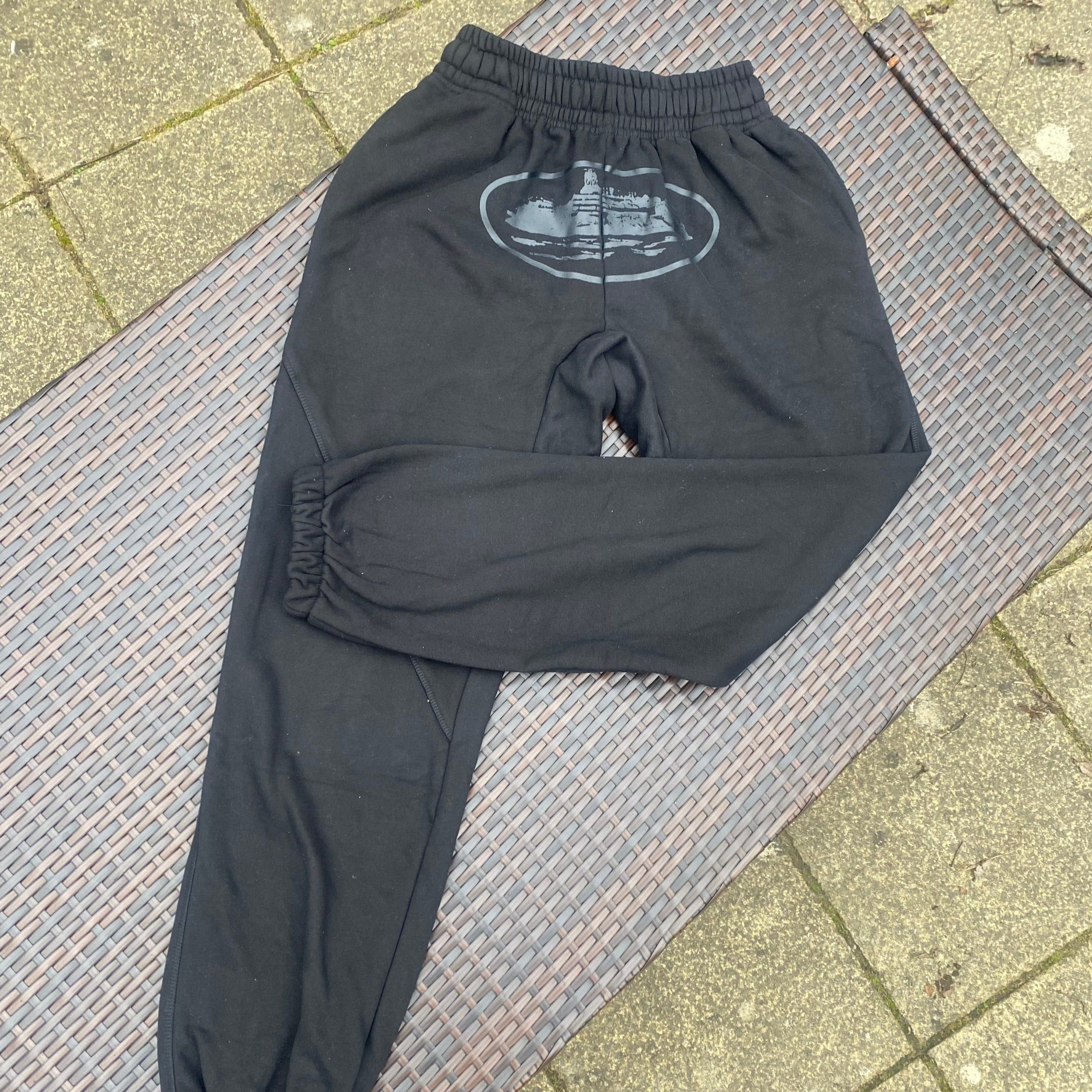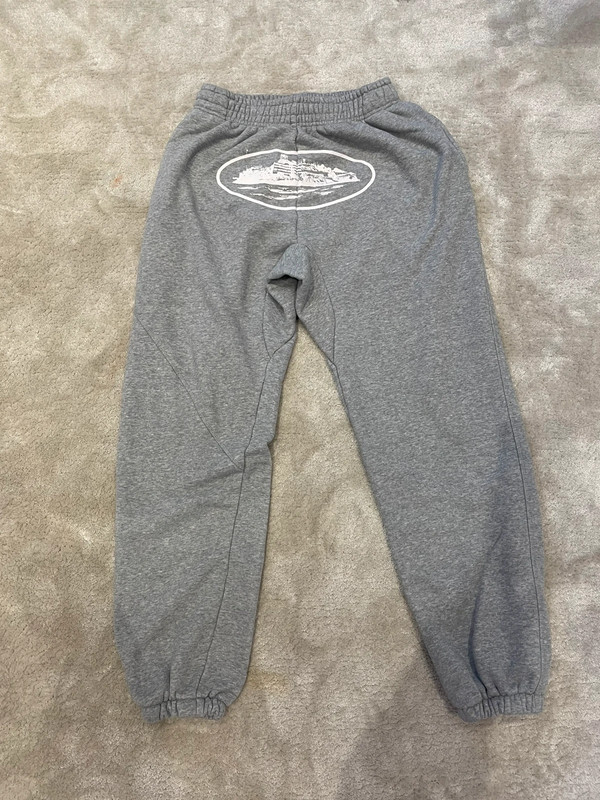Corteiz Alcatraz Jogger Grey Small
(税込) 送料込み
商品の説明
新品未使用, ショッピングバック, タグ付き
Sサイズ(baggy fit)
Heavy cotton, white print
Depop 購入、正規品
—————————
Rule the world
RTW*
corteiz
Clint
Bun the rest
UK商品の情報
| カテゴリー | ファッション > メンズ > パンツ |
|---|---|
| 商品のサイズ | S |
| 商品の色を | グレイ系 / ホワイト系 |
| 商品の状態 | 新品、未使用 |

Corteiz CRTZ RTW Alcatraz Tracksuit Heather Grey | Size Small | NEW

BRAND NEW - Corteiz Alcatraz Joggers Grey - SIZE SMALL | eBay

BRAND NEW - Corteiz Alcatraz Joggers Grey - SIZE SMALL | eBay

Corteiz Og Alcatraz Bottoms Grey Men's - FW22 - US

Corteiz Alcatraz Jogging - (GREY) – 21Dripzz

Selling or swapping my grey Alcatraz joggers : r/corteiz

Corteiz 4Strarz Alcatraz Joggers - GREY – Source Of Course

Corteiz Alcatraz Jogger Grey Small - その他

Corteiz Alcatraz Grey Tracksuit

Grey corteiz Alcatraz joggers in a size small

BRAND NEW - Corteiz Alcatraz Joggers Grey - SIZE SMALL | eBay

Selling or swapping my grey Alcatraz joggers : r/corteiz

Corteiz OG Alcatraz Joggers Black Men's - FW22 - US

Corteiz Allstarz Hmp Open Leg Joggers Grey Men's - FW22 - GB

Corteiz Joggers - Order Now - Corteiz Alcatraz - UK - USA

Corteiz Alcatraz Jogger Grey Small - その他

Cortez Alcatraz grey joggers Never been sued far...

Corteiz Alcatraz Cargo Pants - GREY – Source Of Course

Corteiz Alcatraz Grey Tracksuit – SNW

Corteiz Alcatraz Cargo Pants - GREY – Source Of Course

Grey Corteiz alcatraz joggers size small Worn once... - Depop

Corteiz Jogger Pants Baggy Cargo Design Unisex Y2K Casual Trousers

Corteiz Alcatraz Triple Black Tracksuit

Corteiz Og Alcatraz Bottoms Grey Men's - FW22 - US

Corteiz Alcatraz Joggers - Triple Black | eBay

Corteiz 4Starz Alcatraz Sweatpants Grey

Buy Corteiz OG Alcatraz Shorts 'Heather Grey' - 7892 1SS230202OAS

Grey corteiz Alcatraz joggers

Corteiz Alcatraz Grey Tracksuit – SNW

Corteiz Alcatraz Grey Tracksuit – SNW

Corteiz Alcatraz Jogger Grey Small - その他

Corteiz Womens – Source Of Course

Corteiz Alcatraz Joggers - Triple Black | eBay

CORTEIZ ALCATRAZ JOGGERS BLACK/WHITE – DRIP_ZONE

Corteiz Jogger Tracksuit - Free Shipping - Corteiz Official Website

Corteiz grey alcatraz joggers Like new Size M - Depop

Corteiz Alcatraz Joggers - Triple Black | eBay

Baby blue corteiz - Gem

Corteiz Alcatraz Grey Tracksuit – SNW

Corteiz Alcatraz Tracksuit - GREY (FAST DELIVERY) – Source Of Course








商品の情報
メルカリ安心への取り組み
お金は事務局に支払われ、評価後に振り込まれます
出品者
スピード発送
この出品者は平均24時間以内に発送しています














